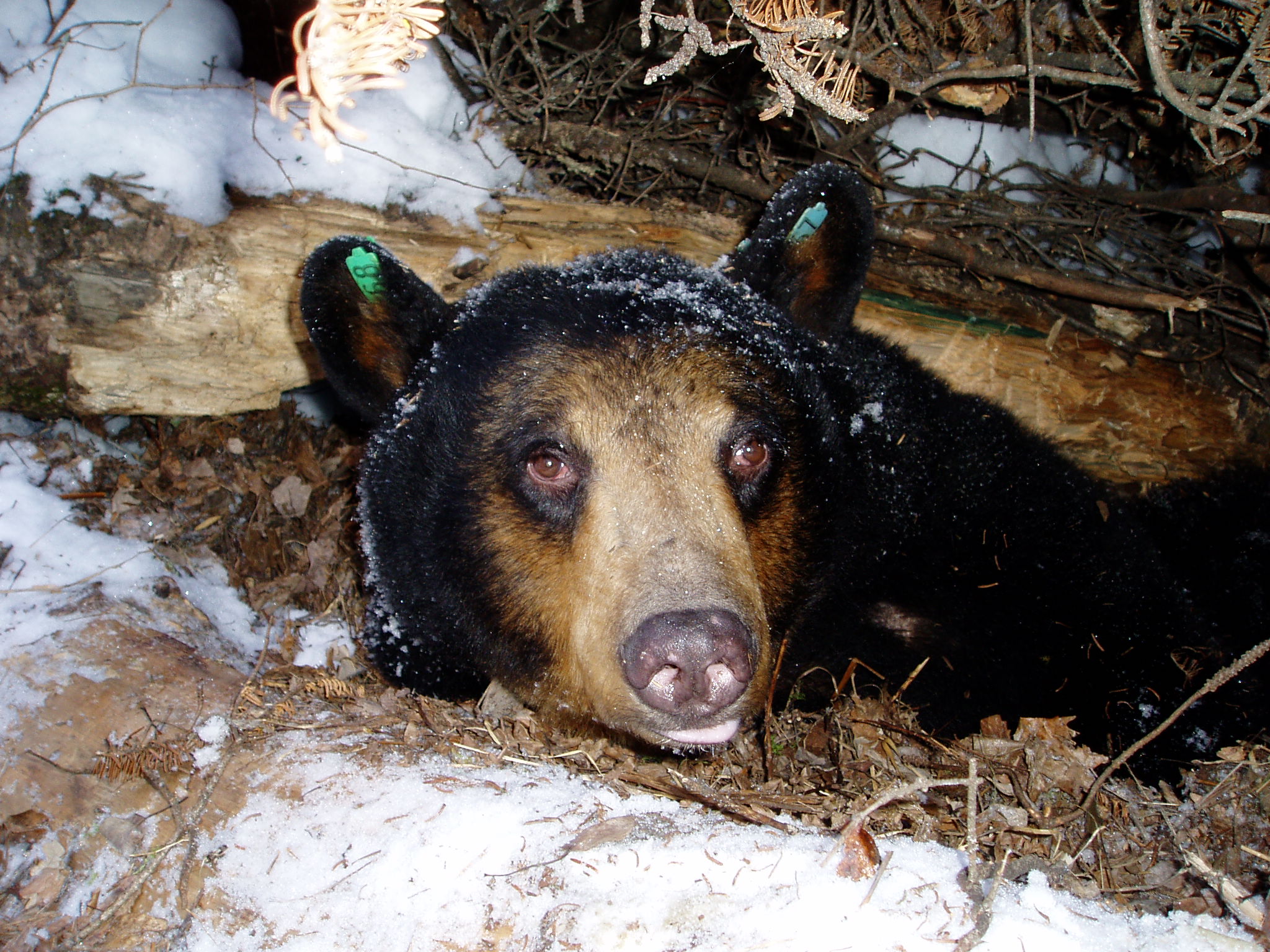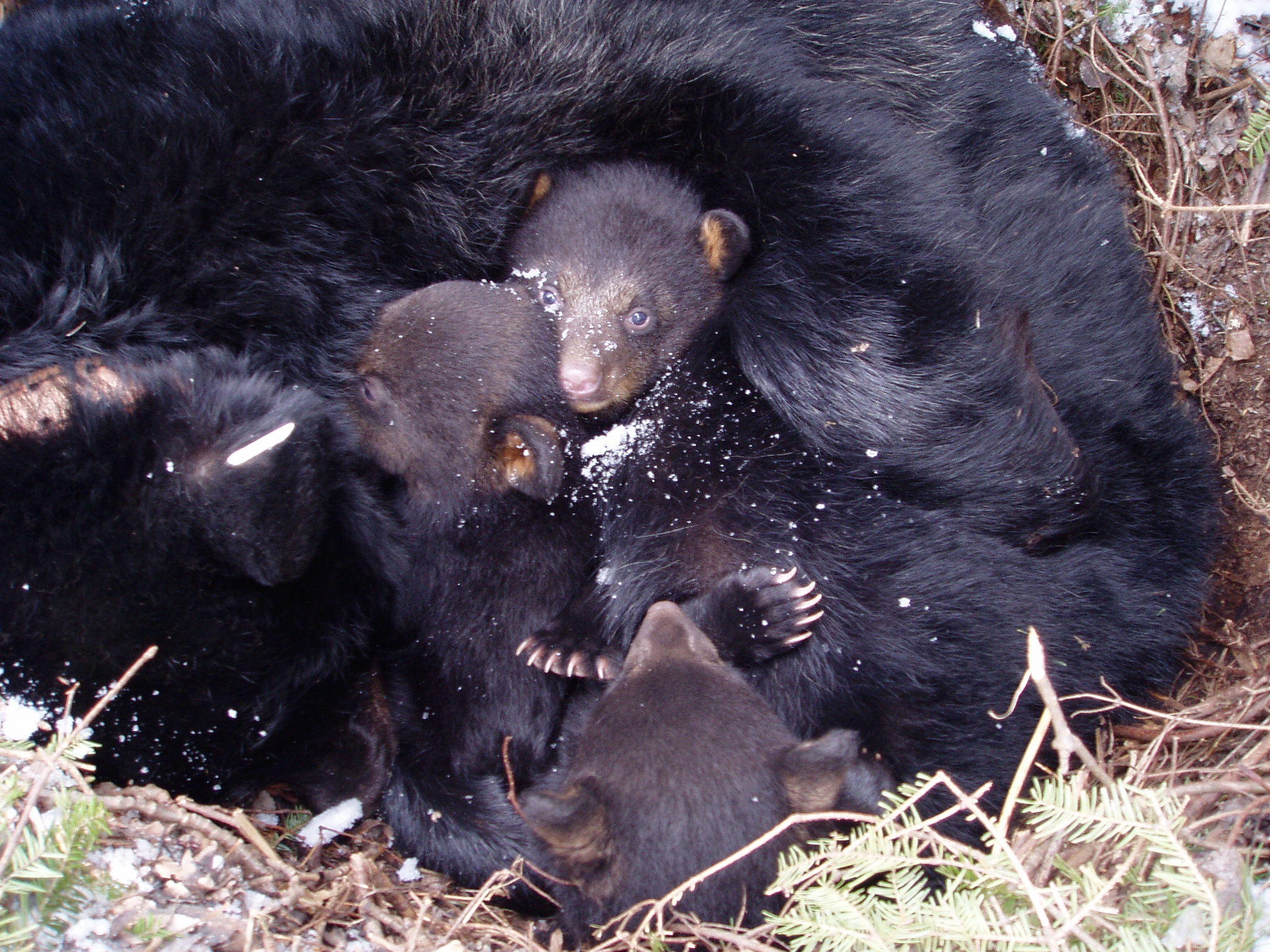 Wild black bears are remarkable animals.
Wild black bears are remarkable animals.
They can spend half their lives in a state of hibernation without access to
food or water and yet are still able to rouse and defend themselves if
disturbed. In an article
published in BMC Physiology, Paul Iaizzo and colleagues have, for the first time, provided a fascinating
new insight into how the bears do this.
By monitoring bears in the wild for a year
(using insertable cardiac monitors originally developed for use on humans) it’s become apparent that the variations in
physiological states between hibernation and waking are immense. Daytime
activity ranges from little or nothing in the Winter to c. 18 hours in Summer
with heart rates fluctuating between 7-8 and 250 beats per minute.
During hibernation, which may last for up
to six months every year, the heart rate of the black bear accounts for only
24% of the entire annual heartbeats, and breathing rates drop as low as 1
breath every 40 seconds. However, if alerted to potential danger, the bears are
able revert to a “normal” state within seconds and undergo bursts of activity.
 At the beginning of Winter pregnant bears are
At the beginning of Winter pregnant bears are
in deep hibernation, but their heart rate increases as their pregnancy progresses, spiking during birth.
After delivery the mothers heart rate returns to a hibernation state and for
several weeks post delivery she exhibits much less movement, thought to prevent
accidental damage to the suckling cubs.
One of the most unusual aspects of bear
hibernation is that despite starvation and inactivity they exhibit very limited
muscle wastage and loss of strength. This characteristic especially intrigues scientists
who are looking for ways to transport humans vast distances, such as those encountered
in space travel.
Photos courtesy of Paul Iaizzo, Dave Garshelis and Tim Laske.
Latest posts by Georgina Giddens (see all)
- JPA publishes its first thematic series, Sleep and Circadian Rhythms - 13th March 2012
- Long-term monitoring in wild black bears - 26th August 2011
Comments